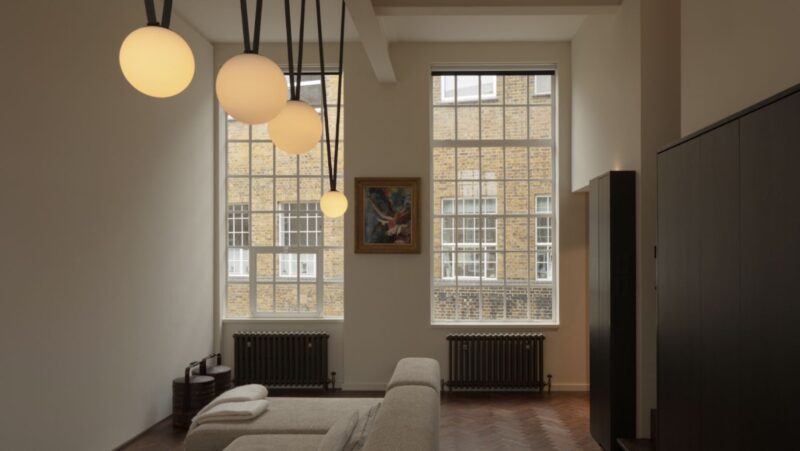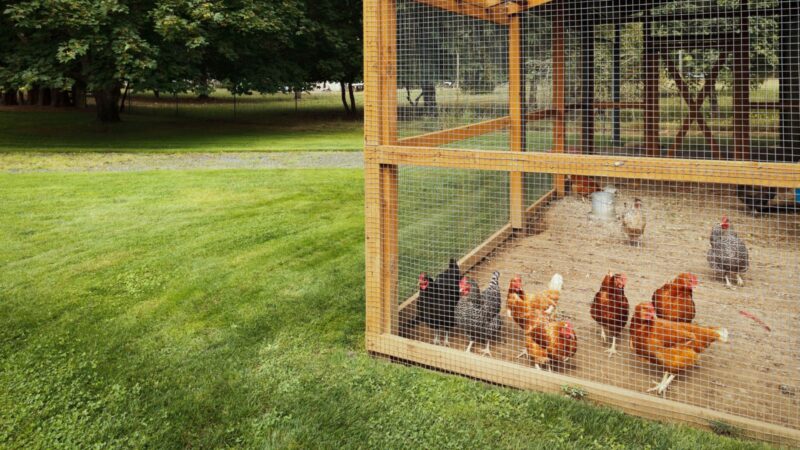
Every time you walk onto a casino floor or into a modern public building, you step into an atmosphere designed to drive choices. Today, the concept of “choice architecture” describes how the layout and presentation of options guide decision-making without overt direction: casino designers remove clocks and windows to make time feel fluid and irrelevant, encouraging you to stay immersed in the moment.
In architecture, spatial cues such as light, openness and sight lines play a similar role, influencing how you move, where you pause and how long you remain. Both domains reveal that decision-making is rarely random; it is deeply tied to how spaces frame perception. When you encounter intuitive pathways, warm lighting or subtle barriers, these are deliberate interventions intended to influence your behaviour in ways you might not consciously recognize.
Guiding Movement And Behaviour Through Design
Movement through space is one of the strongest determinants of how decisions unfold. Casinos are masters of this technique; for example, you might notice that corridors curve instead of running straight, exits are less obvious and machines or tables seem to pull you deeper inside. These are strategic spatial manipulations, designed to keep you exploring rather than leaving. Modern architecture uses similar strategies, albeit often with more altruistic aims. In illustration, museums, campuses and hospitals employ design principles that guide you naturally toward information points or communal areas.
Perhaps tellingly, recent research refers to architects as “choice architects,” acknowledging how they craft behavioural journeys. The same logic applies in the digital sphere: a well-designed interface can mirror physical navigation; for instance, Neobet, a popular German platform offering over 12,000 games from 97 providers, including Pragmatic Play and Hacksaw Gaming, demonstrates how digital environments borrow from architectural thinking. Its layout uses visual flow and accessible navigation to sustain engagement, showing that whether you walk through a building or scroll through a site, design quietly directs your path.
Sensory And Spatial Cues That Nudge Choices
Design is as much about what you feel as what you see: casinos rely on colour, sound and lighting to elicit emotional responses that affect decision-making. Warm reds and golds stimulate energy and urgency, while rhythmic soundscapes encourage a sense of ongoing play. Even the placement of mirrors amplifies the impression of abundance and excitement. Modern architects, though working in different contexts, use these same psychological levers to affect behaviour.
Open, naturally lit spaces calm the mind, while contrasts in texture or material provoke curiosity and exploration. The principle of the “nudge” lies at the core of both practices: small, almost invisible design choices can make certain actions more appealing or likely. When you walk through an airport that subtly directs you toward retail areas or sit in a workplace that prompts collaboration through proximity, you are experiencing spatial psychology in action. Ultimately, good design does not manipulate outright; it guides through atmosphere, rhythm and comfort, creating environments where decisions seem intuitive.
From Quick Choices To Sustained Engagement
The best design moves people gradually from quick decisions to deeper levels of engagement. In casinos, this is achieved through deliberate spatial layering. Slot machines near the entrance offer immediate, low-stakes interaction, while more complex table games lie deeper inside, waiting for players who have already committed time and attention. Undoubtedly, the pattern encourages progression: each step further into the space represents another decision to stay involved.
Architecture operates under the same logic, where a well-planned gallery or cultural space often reveals its most striking features only after several turns, rewarding curiosity and persistence. Research into architectural decision-making shows that designers themselves are influenced by cognitive biases like anchoring and familiarity, meaning that even the people molding these environments are subject to the same psychological forces they deploy. When you think about how you navigate a building, such as choosing where to stand, sit or move next, you are experiencing an orchestrated series of subtle prompts designed to make each step feel both spontaneous and satisfying.
Ethical Dimensions And The Role Of Autonomy
The power of design to influence behaviour naturally raises ethical questions. In casinos, critics often highlight how spatial strategies can blur self-control, encouraging longer play and riskier decisions. Here, the deliberate use of disorientation, sensory overload and endless accessibility has clear psychological intent. Architecture faces similar moral challenges, though often framed differently; for example, a concept known as “behavioural architecture” asks if designers have a duty to promote wellbeing rather than mere efficiency.
When a hospital layout reduces patient stress or a public library invites quiet social connection, design acts as a tool for empowerment. Yet, there is always a fine line between guidance and manipulation; as someone moving through these spaces, you deserve autonomy and clarity about how the environment influences you. Ethical design respects agency, offering cues without coercion and engagement without dependency. If you are in a casino or civic plaza, the goal should be to create spaces that support thoughtful, voluntary decisions rather than compulsive reactions.
Key Takeaways
Casinos and contemporary architecture might appear to exist on opposite ends of the cultural spectrum (one devoted to leisure and chance, the other to structure and purpose), but they share a fascinating psychological foundation. Both rely on spatial design to influence human behaviour in subtle yet powerful ways. Layouts guide choices, lighting and sound stimulate emotion and depth of space fosters sustained engagement. Overall, understanding this connection allows you to read contexts more critically, recognizing when design serves your interests and when it plays upon them.
No matter if you are walking through a brightly lit gaming floor or a tranquil gallery, you are responding to invisible signals that guide movement, attention and desire. In a world increasingly defined by built and digital spaces that compete for engagement, awareness of how design influences decision-making is essential. To understand design psychology is to reclaim some measure of control, reminding you that every path, turn and pause is part of a story you participate in, but can also choose to rewrite.












